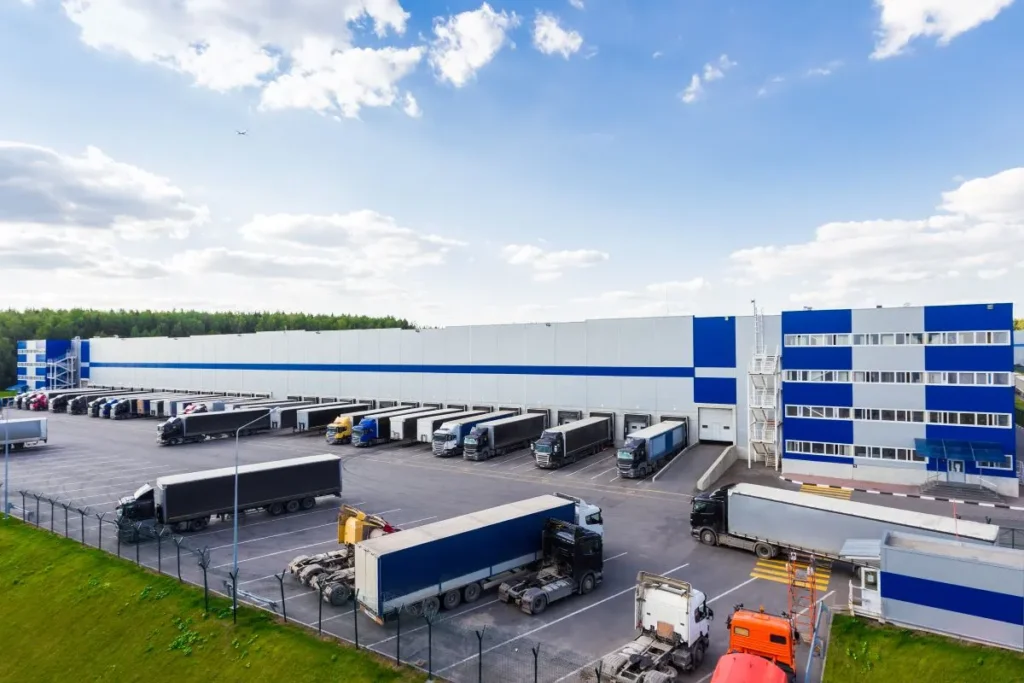The report shows that the European warehouse rent index rose to 126.3 points in the second quarter, up from 123.3 in Q1. It marks the third consecutive quarterly increase and the highest level recorded since Ti began tracking the data. The findings highlight how structural constraints are keeping rents elevated despite moderating inflation and stabilising operating costs.
Ti identifies the main drivers behind this trend as tight supply in prime logistics corridors, including Germany, France, and the Benelux region, where demand for high-quality facilities continues to outpace completions. Even as construction cost inflation eases, limited availability of land and high financing costs continue to apply upward pressure on rental values.
“Europe’s warehousing markets appear to have entered a phase of relative equilibrium, with cost growth largely contained but unlikely to reverse significantly,” the report notes.
Rents climb to record highs as supply crunch tightens across Europe
Europe’s warehouse markets remain trapped in a structural imbalance between supply and demand. Vacancy rates in key logistics corridors are still at historic lows, while high interest rates continue to delay speculative developments.
Developers are also facing stricter environmental and zoning rules, particularly in Western Europe, which further limit new land availability. The result is that even moderate demand growth translates into higher rents, especially for modern, energy-efficient facilities that meet the latest sustainability standards.
According to Ti’s index, European warehouse rents have risen by around 26% since early 2022, compared with roughly 13% in North America and 6% in Asia Pacific.
A post-pandemic boom leaves Europe short of modern logistics space
The region’s current constraints stem partly from the post-pandemic e-commerce surge. Between 2020 and 2022, companies across Europe expanded warehouse capacity to improve supply chain resilience. But as construction costs surged in 2023–2024, many projects were postponed or cancelled, leaving the market undersupplied.
Prime hubs such as Germany’s Rhine-Ruhr corridor, northern France, and Benelux remain especially tight, while southern and eastern European markets such as Poland and Spain still offer comparatively affordable capacity. This regional imbalance continues to shape network decisions for logistics operators and road hauliers serving pan-European supply chains.
Labour remains Europe’s biggest cost burden despite wage slowdown
While rental prices continue to climb, Europe’s broader warehousing cost environment has largely stabilised. The region’s overall cost index edged up only slightly in Q2, from 119.5 to 119.6, signalling a plateau after two years of volatility.
Labour remains the largest single operating expense for warehouse operators. Ti’s labour cost index rose to 127.3, up from 126.0 in Q1 — still 27% above its 2022 baseline. The report attributes this to collective bargaining settlements, staff shortages, and ongoing challenges in attracting skilled logistics workers across major hubs.
The slower pace of wage growth suggests that previous spikes are now filtering through long-term contracts, though costs are unlikely to fall given the structural scarcity of labour in logistics and warehousing.
Energy relief offers breathing room, but prices stay above pre-crisis levels
The energy component of warehouse operating costs continues to move in the opposite direction. Ti’s energy cost index for Europe fell from 110.1 to 107.3, the second consecutive quarterly decline. The decrease was supported by lower wholesale electricity and gas prices, mild weather, and improved grid stability.
Nonetheless, energy costs across Europe remain around 7% higher than in early 2022, reflecting the continent’s long-term exposure to volatile global energy markets. Even with short-term relief, operators remain cautious about future price fluctuations, especially as decarbonisation targets tighten.
North America rebounds as Asia remains the world’s cost-stable warehouse market
Outside Europe, Ti reports diverging trends. In North America, the warehousing cost index rose to 113.4, marking the first increase since mid-2024. The uptick points to renewed activity following earlier inventory corrections, while a slight decline in rents — to 122.0 — suggests that new capacity and rising vacancy rates are bringing the market closer to balance.
In Asia Pacific, costs edged down to 110.8, while rents climbed modestly to 106.5, continuing the region’s reputation as the most stable global warehousing environment. Ti credits this to disciplined development, predictable demand, and widespread adoption of automation, which collectively limit cost volatility.
Rising rents squeeze margins and push operators toward automation
For European logistics providers, the combination of record rents, elevated wages, and limited space is tightening margins throughout the supply chain. Warehouse-linked distribution networks are particularly affected, as higher fixed costs spill over into transport pricing and contract logistics rates.
To counter the pressure, operators are increasingly relocating to secondary markets such as Poland, Czechia, and Spain, or investing in automation and advanced warehouse management systems to offset labour costs. Hauliers, meanwhile, face changing freight patterns as more shippers reconfigure their storage and distribution networks to balance cost and accessibility.
Cost stability replaces volatility – but relief remains out of reach
Ti concludes that the global warehousing sector has entered a period of relative stability after several years of sharp cost escalation. Yet for Europe, this stability does not equate to relief.
The combination of record rents, structurally high labour costs, and limited land supply means that warehouse operators and logistics providers will continue to face high baseline costs for the foreseeable future.
In Ti’s words, the market has found its equilibrium but for many operators, “equilibrium” means paying more to stand still.









